Reduced Environmental Stimulus Therapy (REST) has become an increasingly recognized method for promoting relaxation and mental well-being in our healing world. The importance of emotional processing after a REST session, however, often remains an underestimated aspect of the overall healing experience. Harnessing the transformative power of expressive arts, such as body maps, collage, sand tray, and clay, can play a pivotal role in guiding individuals through the intricate journey of understanding and processing their emotions post-REST. When combined with journaling and authentic movement, these practices have the ability to deepen our emotional, psychological, and spiritual integration.
The Essence of REST
REST, or Reduced Environmental Stimulus Therapy, involves creating an environment with minimal sensory input. This therapeutic approach, often experienced in a flotation tank or sensory-deprivation chamber, allows individuals to disconnect from external stimuli, promoting deep relaxation and mental rejuvenation. While REST is immensely beneficial for physical and mental well-being, the emotional content that surfaces during the experience is equally vital to address.
Body Maps: A Visual Odyssey Within
One of the profound ways to navigate the emotional landscape post-floatation therapy is through the creation of body maps. This expressive art form invites individuals to translate their internal experiences onto a tangible canvas. By using colors, shapes, and symbols, clients can visually represent the emotional journey within, fostering self-awareness and aiding in the articulation of feelings that may emerge after a session of reduced environmental stimuli. Combining this activity with open-stem reflection questions like: I AM, I FEEL, I REMEMBER, clients can creatively associate connections within their quantum body-mind.
Collage: Piecing Together the Post-REST Puzzle
Collage, with its diverse array of materials, offers a dynamic outlet for emotional expression. After a REST session, individuals can use collage to piece together the fragments of their emotions. Through the selection and arrangement of images and textures, they create a visual narrative that helps externalize and process complex feelings. Collage becomes a therapeutic means of making sense of the post-REST emotional landscape. By encouraging silent body movements in response to the imagery selected, clients can discover and integrate often hidden aspects of their internal landscape.
Sand Tray: Sculpting Emotional Terrain
The use of a sand tray in expressive arts therapy provides a unique and three-dimensional platform for emotional exploration. Post-REST, individuals can shape the sand to construct landscapes that reflect their emotional states. This tactile engagement with the sand not only grounds them in the present moment but also allows for the symbolic representation of emotions. The sand tray becomes a vessel for sculpting and understanding the emotional terrain encountered during the REST experience.
Clay: Molding Resilience and Insight
Clay, with its malleability, becomes a powerful medium for emotional expression post-REST. As individuals mold and shape the clay, they engage in a physical dialogue with their emotions. The act of creation becomes a metaphor for resilience, as the tangible forms take shape. Clay offers a therapeutic journey of release and transformation, allowing individuals to process and integrate their post-REST emotional experiences.
In the sensitive post-float integration phase of a REST session, emotional processing is a crucial component of overall well-being. Expressive arts, including body maps, collage, sand tray, and clay, provide avenues for individuals to explore and make sense of the emotions that may emerge after experiencing reduced environmental stimuli. By engaging in these creative connections, individuals can not only navigate the intricate landscapes of their emotions but also cultivate resilience and insight, enriching their journey toward greater mental health and well-being.

